Content
- Video review
- Equipment and design
- Software
- Camera
- Performance and Benchmarks
- findings
Meizu is back!After undergoing a restructuring after being taken over by the auto giant Geely, the Chinese smartphone maker has launched the Meizu 20th anniversary line of smartphones. And besides, at reasonable prices, if you do not take into account the Infinity-version. Today we will take a closer look at the most affordable of the new products, which has received a simple and concise name Meizu 20.
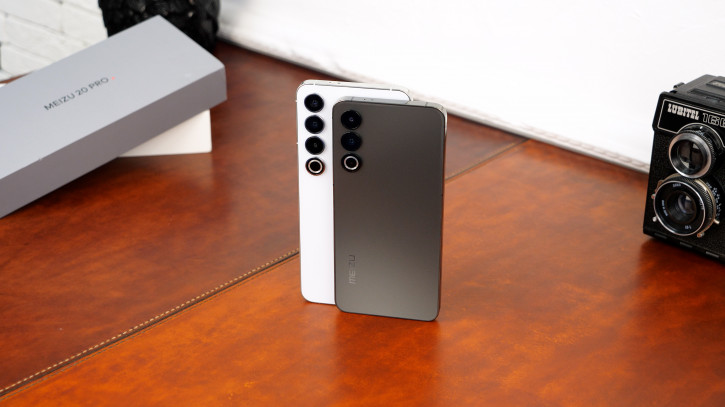
Meizu 20 Pro - Meizu 20
 |
Specifications | |
|---|---|---|
| Meizu 20 | ||
| Network | 2G, 3G, 4G (1, 3, 7, 20), 5G | |
| Firmware | Flyme 10 on Android 13 with OneMind 10 | |
| Screen | 6.55″, 20:9, 2400 x 1080 pixels, 402 ppi, 10 bit, 144 Hz, DC Dimming, 800 nits, AMOLED | |
| Chipset | Qualcomm Snapdragon 8 Gen2, 4 nm CPU: 1 x X3 x 3.2GHz + 2 x A715 x 2.8GHz + 2 x A710 x 2.8GHz + 3 x A510 x 2GHz GPU: Adreno 740 |
|
| Ram | 12 GB LPDDR5X 8533 Mbps |
|
| ROM | 128 GB 256 GB 512 GB UFS 4.0 |
|
| SIM and memory card | Two nano SIM cards | |
| Camera | Primary:50 MP, f/1.85, 6 lenses, OIS Wide Angle:16 MP, f/2.4, 122 degree capture angle, 5 lenses TV:5 MP, f/2.3, 1.1x optical zoom, 3 lenses |
|
| Selfie | In the hole in the center32 MP, f/2.45, 5 lenses | |
| Battery | 4700 mAh | |
| Charging | USB-C, 67W | |
| Wireless interfaces | WiFi 7 Bluetooth 5.3 A-GPS, Beidou, GLONASS, Galileo, QZSS, NavIC Infrared port |
|
| NFC | there is | |
| Biometrics | In-screen fingerprint scanner (ultrasound) | |
| Sound | Stereo speakers | |
| Water protection | IP54 | |
| Dimensions and weight | 157.93 x 73.5 x 7.99mm 190 g |
|
Video review
Equipment and design
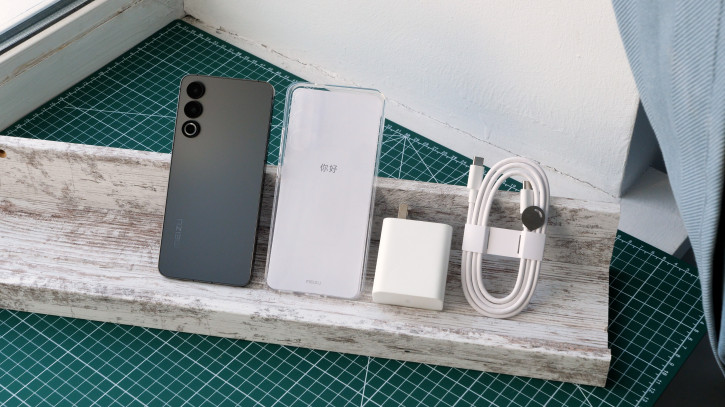
Already on the Meizu 20 box, it is clear that the companytried in originality. The packaging is thin but long. This allowed the manufacturer to fit a complete set in a relatively small volume: a 65-W charger, a Type-C-Type-C cable, documentation, a SIM needle with a branded cloud, and a simple silicone case. Together with the protective film applied on the screen from the factory, it provides basic protection to the smartphone after purchase.

Meizu 20 - Meizu 20 Pro
Meizu 20 comes in quite a wide rangerange of colors: in addition to black, there are pink, yellow and green. The colors are not too bright, but not too boring, even the black version does not look sad. Housing materials are standard: frosted glass on the back and glossy metal on the sides. The ends are made flat, and many say that this design does not have the same Meizu. I do not agree. Firstly, it looks like an iPhone, and Meizu has always been happy to borrow from the Cupertinos. Secondly, Meizu has always tried to make very neat camera designs, and the twenties are ahead of most Android competitors in this matter. Finally, remember Meizu U20: well, they look the same!
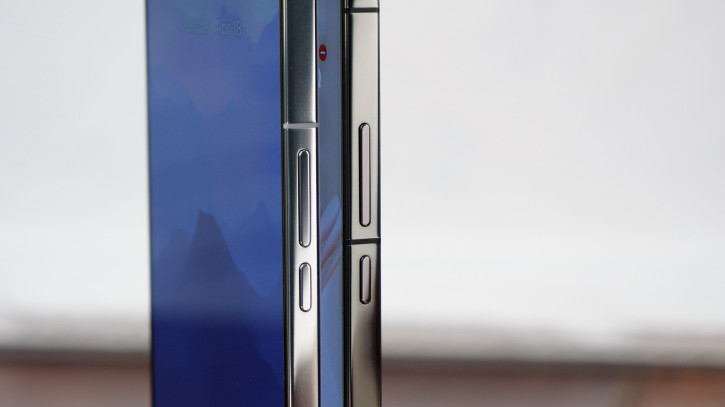
Meizu 20 Pro - Meizu 20
Talking about design from a content point of viewview, then everything is standard here: a speaker at the bottom, a Type-C port, a microphone and a dual SIM slot, a microphone and an infrared port at the top, buttons on the right. They are conveniently located, but overall ergonomics are so-so. Flat ends with such a large body is not an approach that can make a phone comfortable. In addition, the materials were rather slippery.
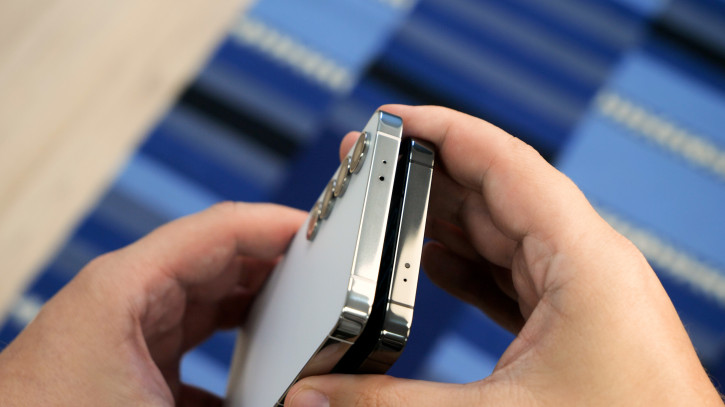
Meizu 20 Pro - Meizu 20
And now about the positive aspects.First, the stereo: not outstanding, but quite pleasant. Secondly, a linear vibration motor. Meizu chose the effects in a very unique way - it almost never vibrates, but mostly knocks. Woodpecker vibration motor. But I really liked it on the Meizu 15 Plus (review), and I really like it now. Thirdly, the under-screen fingerprint scanner here is ultrasonic, which gives it a colossal speed advantage over any analogues. It’s just instant, and it doesn’t burn your eyes out if you miss. After this miracle, I will be able to use optics again… sad.
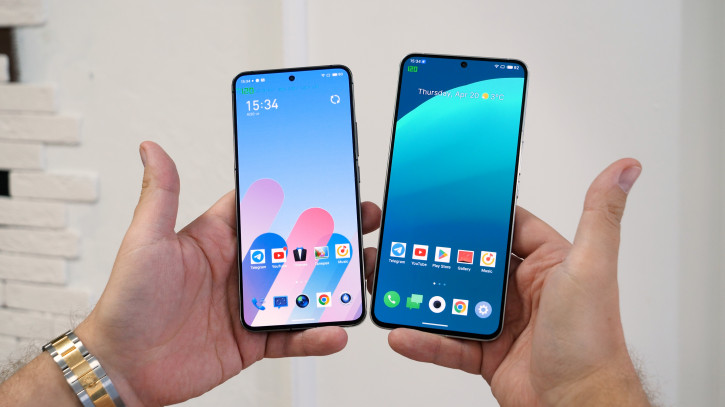
Meizu 20 - Meizu 20 Pro
But I can’t praise the screen.On paper, everything seems to be fine: OLED, a billion colors, 144 Hz, 800 nits, 6.55″, 2400x1080 pixels, 20:9, 402 ppi. But in reality… I don’t know what’s wrong, but the screen seems a bit cloudy. Small inscriptions, icons - as if they were plush. Once upon a time, most AMOLEDs had this problem due to PenTile. Over time, they were able to somehow solve it, but Meizu went back in time and found such a cloudy panel. Although where did the 144 Hz screen come from in the past?
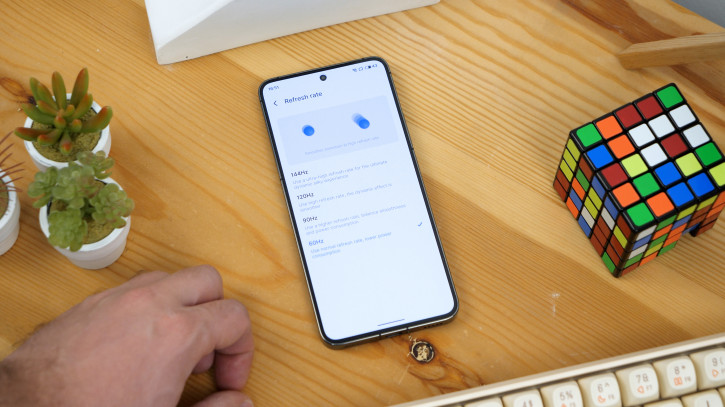
With hertz, by the way, there is a separate joke.The screen frequency is configured here: 60, 90, 120 and 144 Hz. At the same time, 90 and 120 are actually “auto modes”, where the screen falls to 60 Hz when inactive or in those applications about which Meizu decided that you don’t need hertz there. But 144 Hz works almost always: the frequency is not reset when the screen is not in use and in many applications. But not in all! In addition, AOD works at 144 Hz if you choose this frequency, although this is just some kind of insanity.
Software
Meizu 20 runs on Android 13 with proprietaryFlyme 10 shell. We don’t see this shell very often, so I want to tell you more about it. Nevertheless, I see no reason to talk about the interface device and pre-installed applications - in this regard, everything is relatively standard. I’ll tell you more about my impressions and how Flyme 10 is adapted for use outside of China.

Meizu 20 - Meizu 20 Pro
First, Flyme 10 surprises with how Meizulikes to steal interface solutions from Apple. As you probably know, for many years, the curtain and the lock screen have been the same thing in iOS. And, as you know, no Android manufacturer has repeated this strange decision in their shell. None other than Meizu. None but Meizu force you to put all the icons on your desktops without even offering an app menu as an option. Well, and so on.

Secondly, Flyme is not the most stable andquality sheath. Eugene during the preparation of the video review three times (!!!) faced with its freezing; I caught only one freeze in the camera app in a week, a software update may have helped. But I also had bugs, for example, when I tested autonomy, the battery section in Settings broke down and simply removed the data for this time from the chart. Older and fresher were, and two hours in the middle - emptiness.

Meizu 20 Pro - Meizu 20
Thirdly, Flyme is insanely focused on China.In the weather application, there are no most Russian cities (I found only Moscow, St. Petersburg, Yekaterinburg, Vladivostok and something called Vladimirskaya, there are no other million-plus cities) and you cannot select the current geolocation. A suggestion periodically falls into the blind to set up automatic rejection of all calls from non-Chinese numbers. There is no Russian localization either out of the box or inside the system with SetEdit; you will have to use English, although that is broken. Thanks at least that Google Play and other Google services are installed without problems (apk).
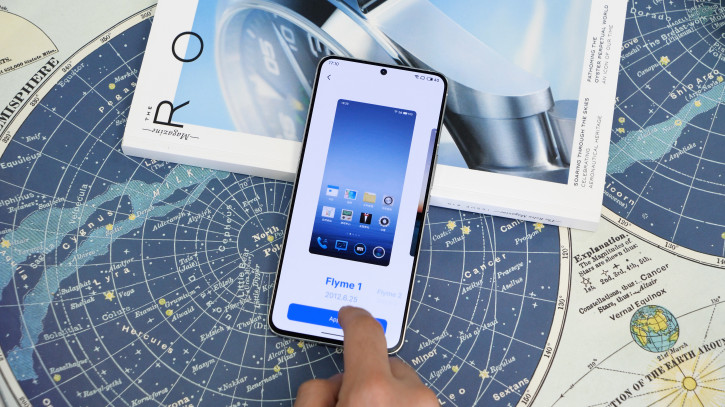
I wrote a lot of bad things here, but to draw a conclusionwant positive. I spent 20 weeks with Meizu and I liked it. I immediately put the topic from Flyme 1, it brought back memories of how I, still a schoolboy, went to DNS to look at the outlandish animal Meizu M9. There was no need to remove a bunch of Chinese services: they are not here, not even Chinese TikTok or Bilibili. Notifications come when you allow the application to run in the background unrestricted. I really liked the semi-gesture control via mBack, I liked the tactile response of the system, I liked the "Settings" feature in the pop-up window, I liked Aicy's suggestions (for example, do not turn off the screen if you look at it for a long time, but do not poke). In general, Flyme is full of shortcomings, but it is able to win the heart.
Cameras
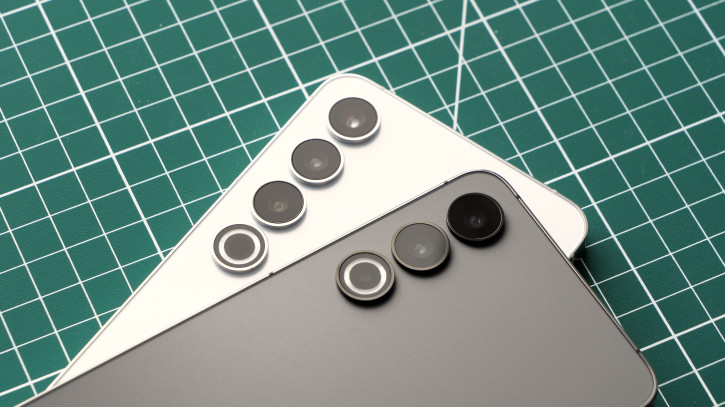
Meizu 20 Pro - Meizu 20
As I already wrote, Meizu is a very supporter ofneat camera design. Unfortunately, the flagship camera of today is inevitably a very large camera, and Meizu has opted for design. The main module with OIS is based on a 50-megapixel Samsung GN5 sensor, this is the Korean analogue of the IMX766. Auxiliary cameras are also based on Samsung sensors: the 16 MP autofocus wide uses 3P9, and the 5 MP depth sensor uses 5E9. If you want to know where else these sensors were used, then GN5 is the main camera of Vivo X Fold and iQOO 10/11, 3P9 is a wide Galaxy S10 / Note 10 series, and 5E9 was the macro camera of almost all Xiaomi in 2020-2021 .
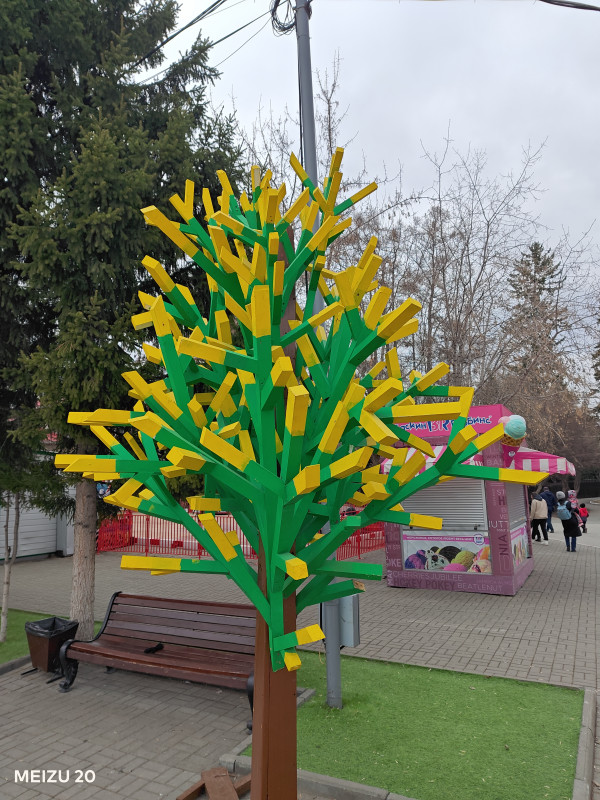

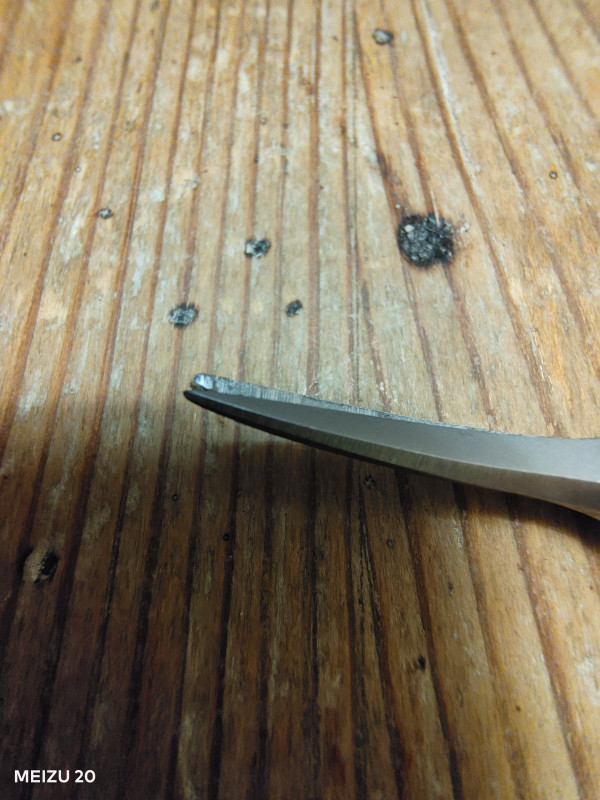

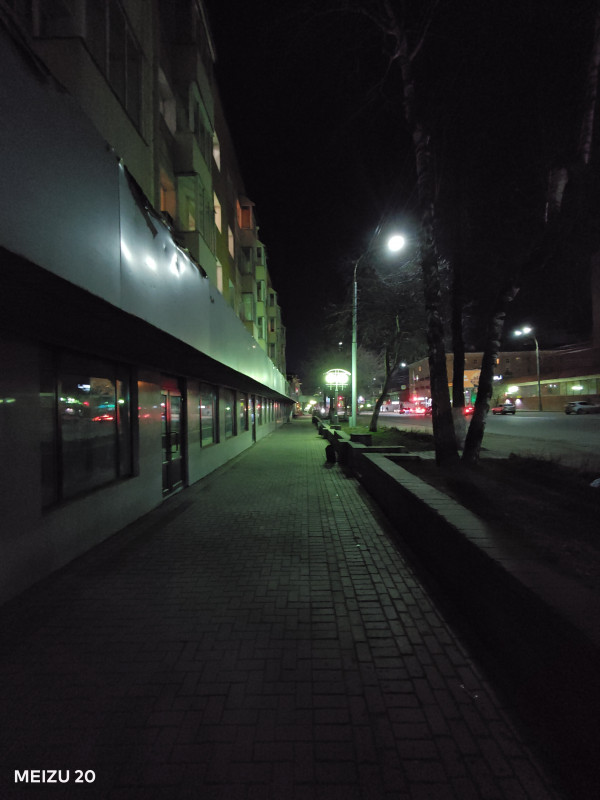


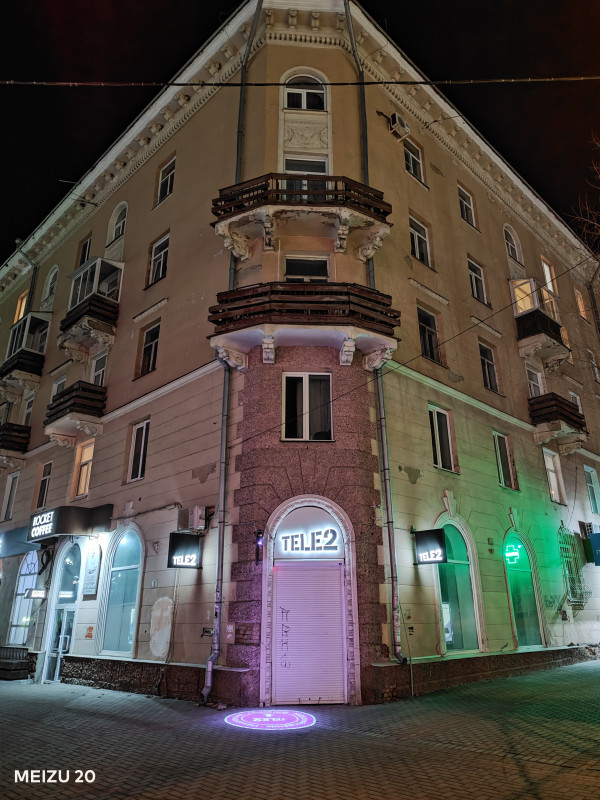

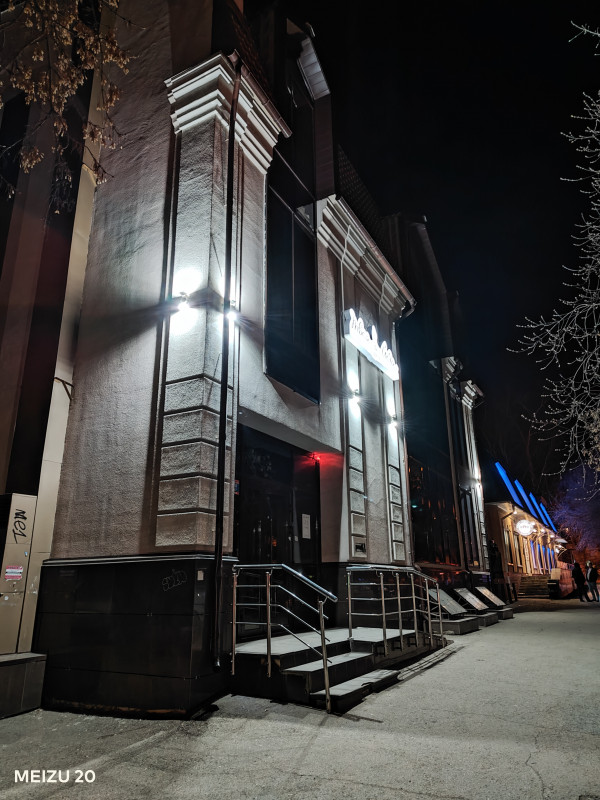
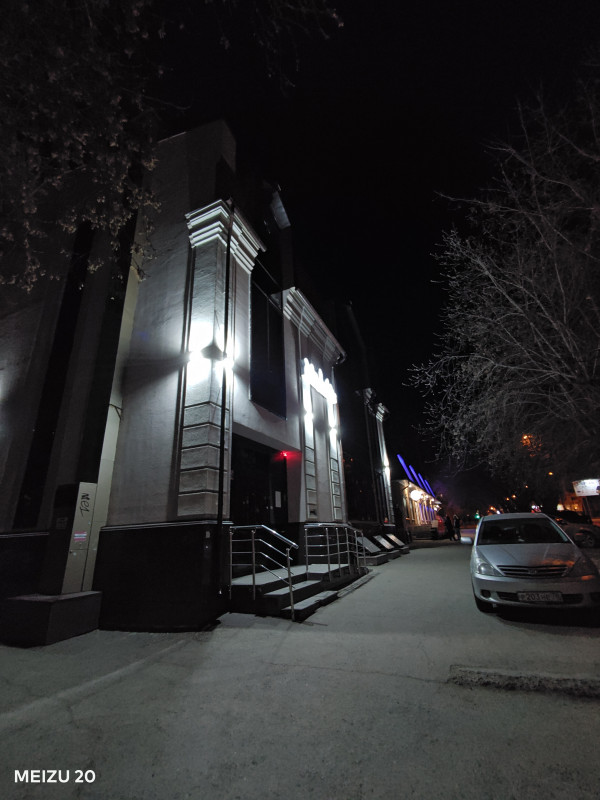












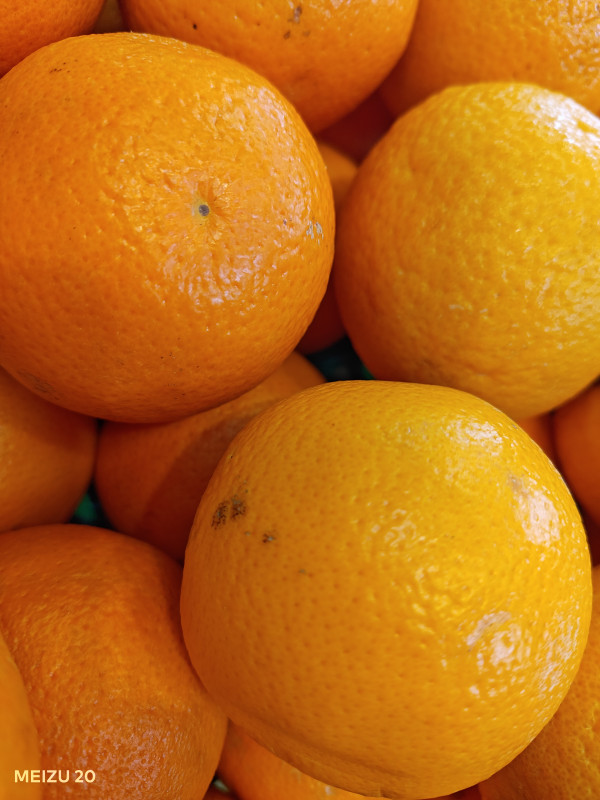
Good intermediate level.Unless in the middle peasants you rarely see wide autofocus, but here it is, and you can make cool macros. In the daytime, the camera shoots well, moderately embellishing the frames, but maintaining close to honest color reproduction. Photos are noticeably worse at night, but SuperNight mode can help. It is absolutely mandatory to use it wide: only in night mode it shoots in full resolution, and not with a downscale of 12.5 megapixels. Why did Meizu decide to compress photos wide, I don’t understand.


By installing Samsung sensors in all three rearcameras, Meizu decided not to stop there and used the Samsung GD2 in the front camera. I liked the result. A good front camera, although not something special.
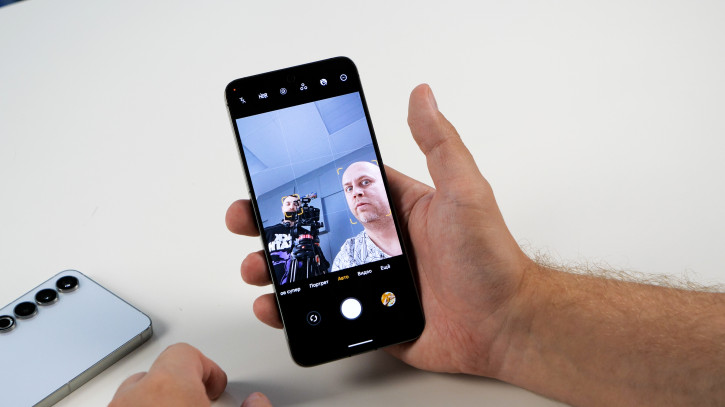
Video can be recorded on the main camera in4320p@30fps or 2160p@60fps, front-facing at 2160p@60fps or wide at 2160p@30fps with the ability to switch to the main camera while shooting. As Meizu likes, when shooting video, OIS is blocked, so the camera relies only on electronic stabilization, which is also very weak here. In general, do not shoot without hand-tripods on the go. Well, the sound is written well, we will add it to the pros.
Performance and tests
If in previous years manufacturers activelyreleased "budget flagships" with top-end hardware and savings on everything else, then this season they switched to creating advanced mid-range phones with last year's Snapdragon 8+ Gen 1. As a result, there are almost no models on 8 Gen 2 in the segment up to 3500 yuan - you can recall except perhaps Redmi K60 Pro and Nubia Z50. Well, Meizu 20, of course, because the company did not skimp and also put a top-end chip in the budget version of the flagship. Here's how it behaves in benchmarks:
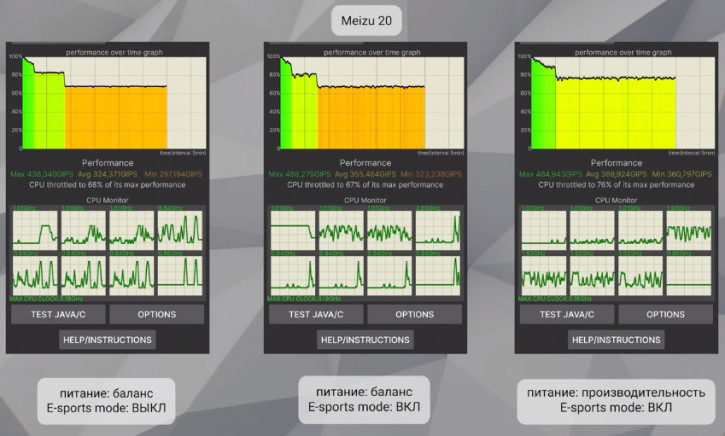
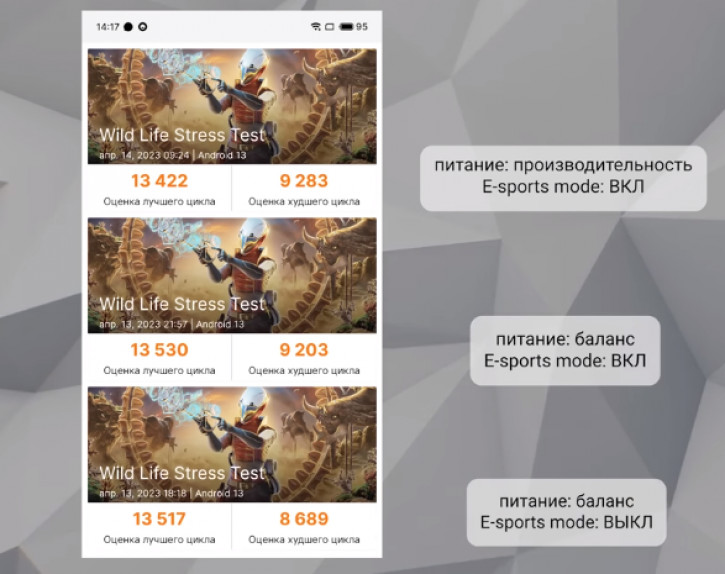
Well, the graphics are quite rosy.Not like gaming phones, of course, but the drop in performance is not critical, about 9000 points in 3DMark at the end of the test is beyond the eyes for games. Unless, of course, the manufacturer messed up in the firmware. And Meizu did just that, unfortunately. Firstly, in most games, the hertz does not work even at 144 Hz, the only exception is Brawl Stars. Secondly, sometimes even simple games like Tacticool start to lag on the phone. And directly specifically so lag. Sometimes, strangely enough, these same games don't lag.
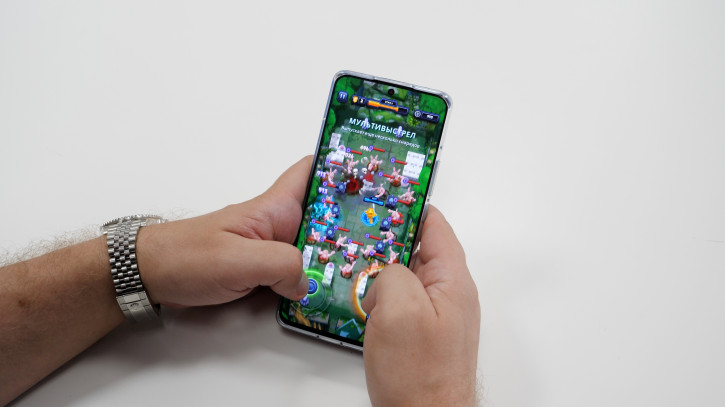
But if you are lucky and the game does not lag, then youyou will almost certainly be able to enjoy the gameplay. Even in Genshin Impact at maximum speed - and this is our “benchmark” demanding game - only micro-stutters occur. And not only in the first minutes of the game, but also after a long warm-up. But generally the frame rate stays close to 60 fps. In simpler games (I tested SuperTuxKart, Sky: Children of Light, Hungry Shark World) things are also excellent. Unless you encounter a bug, of course.
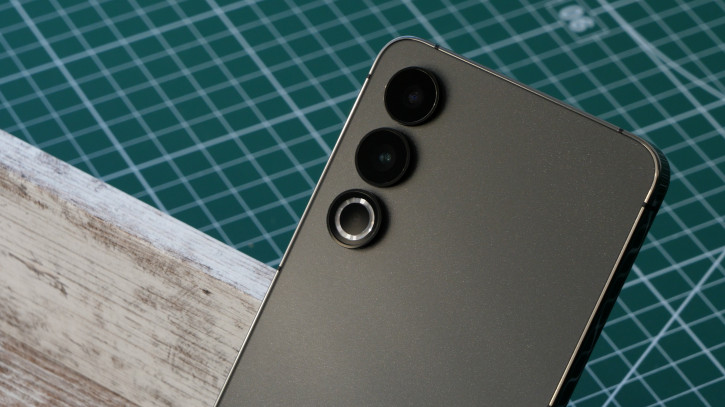
Meizu 20 battery capacity is not that great:4700 mAh. Since I tested the phone in 144hz mode without adaptive hertz working, the results were frightening: 20% per hour in the game, 15% per hour in the browser, and 8% per hour of video viewing. Total - 43% for three hours of use in mixed mode. In practice - no more than six hours of screen on a single charge. If you opt for 90/120 Hz, the results will be better, especially if you spend a lot of time on social networks and instant messenger.
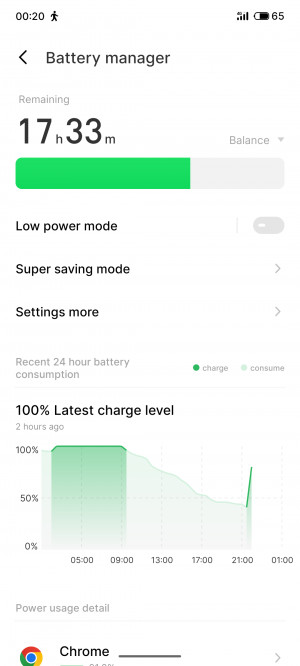
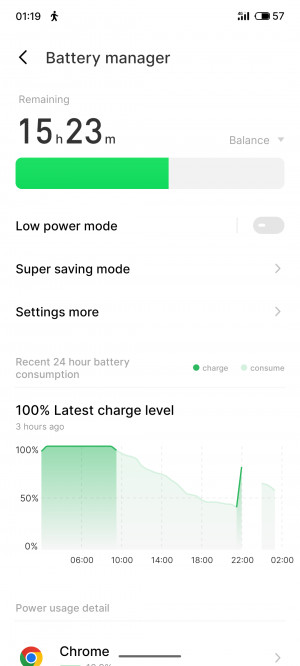
The power of the complete charging is 80 W,however, the Meizu 20 itself only supports 65W charging. Charging time depends on testing conditions; Evgeny managed to charge a smartphone from zero to a hundred in 50 minutes during preparation, for me it took only 58 minutes. At the same time, after 40 minutes the result was almost the same (90% for me and 93% for Evgeny), but then something went wrong. However, even in Evgeny's test, the average effective charging power was 22 W (34% of the declared), and the peak power was 44 W in the first five minutes (68% of the declared).
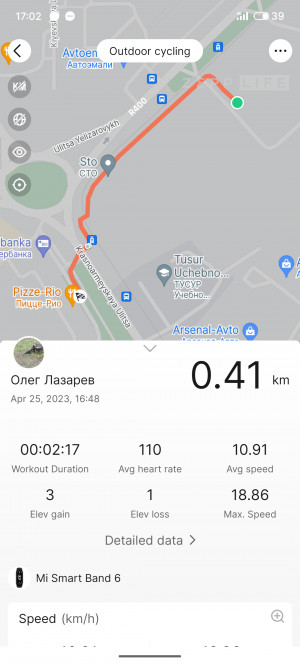
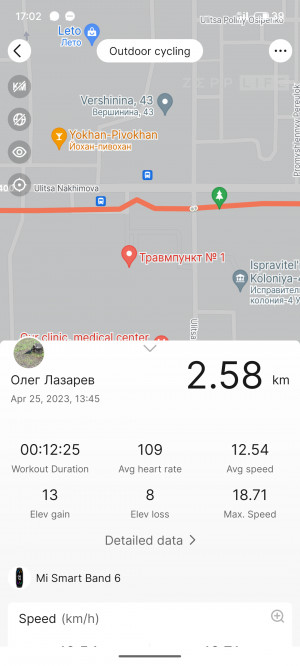
GPS positioning accuracy and speed is very good
Conclusions
Meizu 20 is a strange phone.It has a lot of cool features: a neat iPhone-style design, a woodpecker vibration motor, a lightning-fast fingerprint scanner, a bunch of gadgets in Flyme 10, the ability to write 4K @ 60fps on the front camera. And the status of one of the most affordable smartphones on the Snapdragon 8 Gen 2 is not lying on the road. But at the same time, I have not seen a flagship smartphone with such a level of economy or such ridiculous flaws for a long time. Wadded screen, ill-conceived shell, buggy software, wide downscale, OIS blocking in video, quirks with gaming performance. AOD at 144Hz, after all.
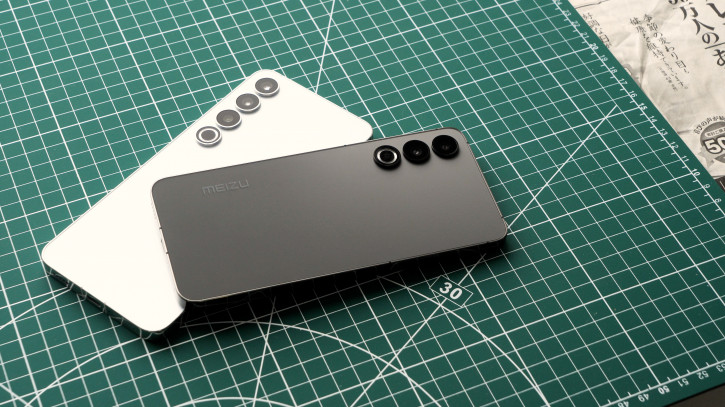
Meizu 20 Pro - Meizu 20
In general, as in the case of Nubia Red Magic 8,such a phone can be recommended for purchase only if you understand exactly what you are signing up for. The Meizu 20 is not a stable workhorse that will do its job just fine. But this is a smartphone that will give you a lot of emotions and impressions. Do you need it - think for yourself.
Buy at GadgetLavka
© Oleg Lazarev.